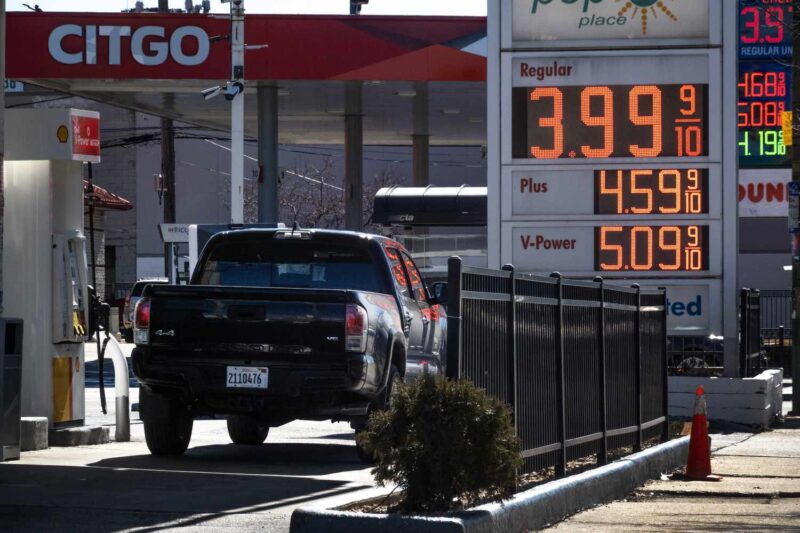US inflation saw a decline in March, mainly due to falling gasoline prices, with overall price growth cooling, even as President Donald Trump’s tariff threats continue to loom over the economy.
Consumer prices rose by 2.4% in March compared to a year earlier, according to the Labor Department, down from 2.8% in February. This marked the lowest inflation rate since September. Month-on-month inflation was just 0.1% in March, down from 0.2% in February, and below analyst expectations of 0.3%.
Gasoline prices dropped 9.8% year-on-year in March, a steeper decline than the 3.1% drop in February. Fuel oil prices also fell by 7.6% from the previous year, compared to a decline of 5.1% in February. However, natural gas prices increased by 9.4% year-on-year, up from 6% in February.
Shelter inflation showed a slight decrease, with annual price growth reducing to 4% in March, down from 4.2% in February. Prices for used cars and trucks rose 0.6% in March, compared to 0.8% in February, while transportation inflation also slowed, rising 3.1% year-on-year, compared to 2.6% in the prior month.
Food prices continued to rise, with food inflation increasing to 3% year-on-year, up from 2.6% in February. Core prices, which exclude the more volatile food and energy sectors, rose by 2.8% compared to a year ago, down from 3.1% in February, marking the second consecutive decline. Economists closely monitor core inflation as it provides a clearer view of long-term inflation trends.
Despite the cooling inflation, economists remain cautious about the impact of ongoing tariffs, which may cause price increases later in the year. “Much like the employment report on Friday, the latest US inflation figures can already be considered stale after the exhausting back-and-forth of tariff announcements,” said CJ Cowan, portfolio manager at Quilter Investors.
He also noted that the US Federal Reserve may continue to proceed with caution regarding rate cuts due to ongoing economic uncertainty, despite the presence of disinflationary pressures. “The Fed won’t pre-emptively cut interest rates but instead will need to see more significant weakening in the labor market first,” Cowan added.




